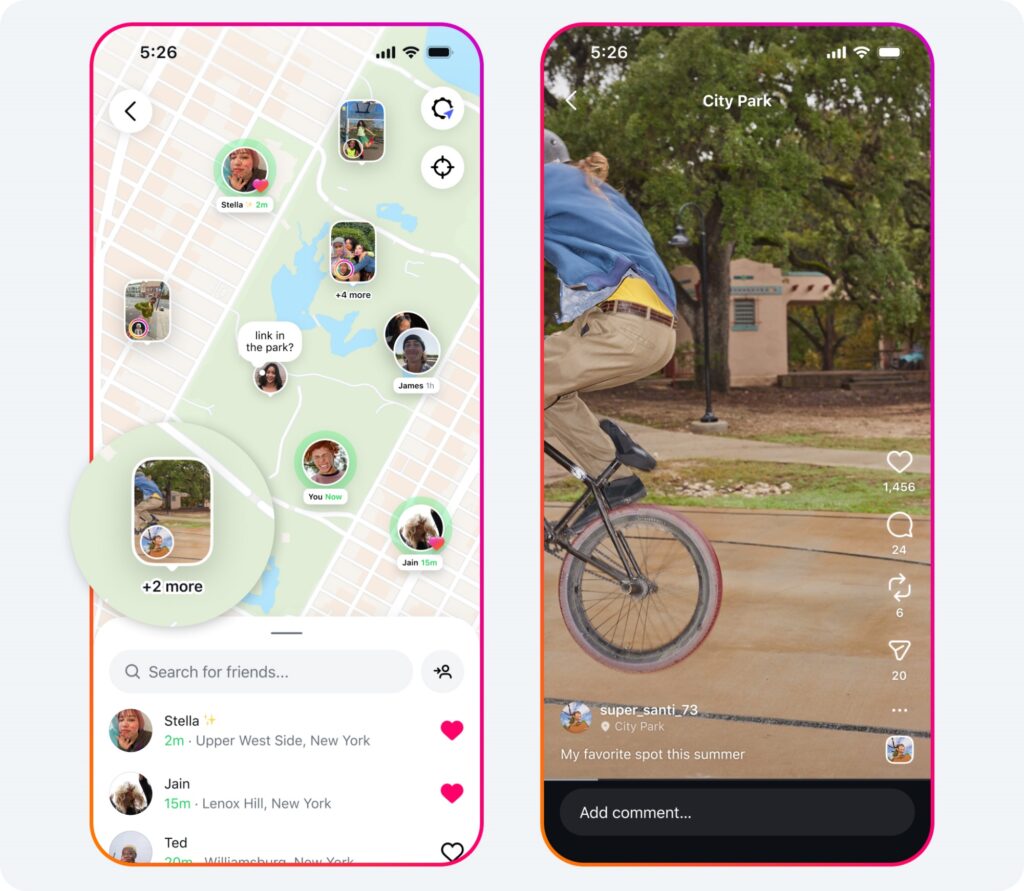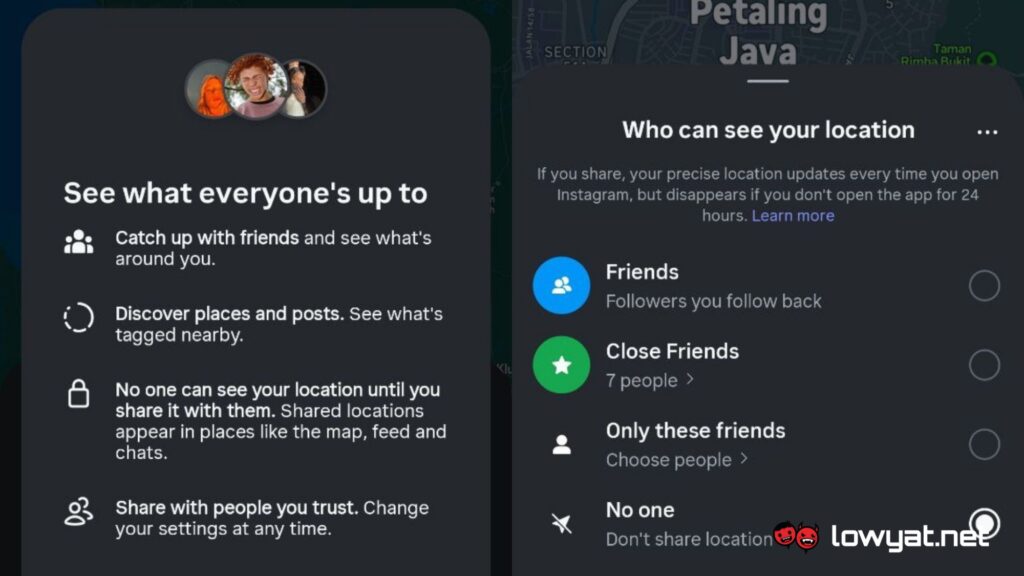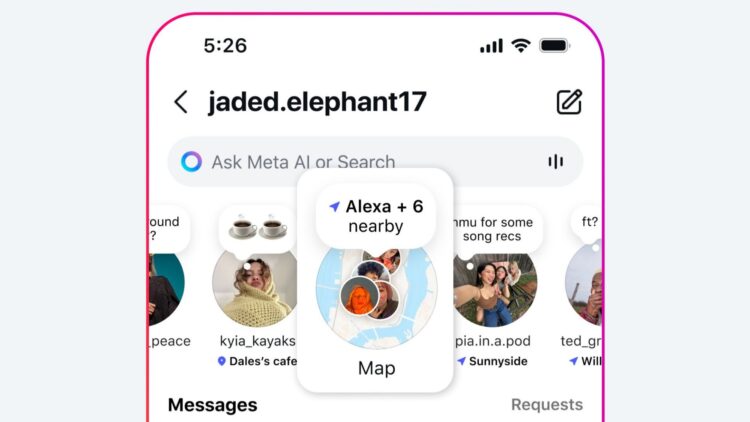It has not been a full week since Instagram Maps has been fully released, but it has already received a lot of backlash from users for potential breaches in privacy. Many social media posts have incorrectly claimed that the feature is on by default, but Instagram head Adam Mosseri stresses that the feature requires people to “opt in” in order to broadcast their location.
The social media head said that some people are “confused” about how the feature works, mixing it up with location-tagged posts and reels. People can access the map feature and then see it littered with reels and stories that have been properly given a location tag by the users. On the other hand, Instagram Map actively shows where a particular user is at the current moment. In the image below, reels and stories are depicted in the rectangles with the user-generated tags, while the circles are users who have the Instagram Map feature on.

Showcasing where exactly a reel or story was posted/taken has been out on the platform for a while. Unfortunately, this new feature simply makes it easier for bad actors to track down certain individuals for whatever reason, which perhaps might be the reason why people might stop posting shorts and reels with location tags altogether.
It is worth noting that if you consent to the location sharing, the feature will only update where you are while the app is open or in the background — it does not give real-time location updates. If you’d like to check if it is turned off for your peace of mind or would like to opt out of this feature if you do have it on, you can disable it in the settings.

Simply head over to your messages and tap the “Map” icon just below the search bar. There, you can spot the settings feature and the location option to “No one”, and now your location is for your eyes only. You can take this a step further by simply revoking the permission to share location directly from your phone.
Additionally, do keep in mind that you can still access the “Map” icon even with location-sharing feature turned off. Just be sure you ping those who don’t want their location shared to turn off the feature on their end.
(Source: The Verge, Tech Crunch, Meta)


